WAF only monitors data coming through HTTP, but the access sources of the database are diverse, such as the following database access methods:
1. Other application systems within the organization can access the database: For example, in an e-commerce system, prices and inventory may be updated regularly using some automated scripts.
2. Some internal management programs can access the system, or some interfaces, which are convenient for employees to add information or send information to customers.
3. Database DBAs, IT managers, QA, developers and other internal personnel can access the database through database management tools.
WAF is unaware of these potential database access sources, and attacks from within are even more terrifying! When the value of data becomes higher and higher and the database becomes an "attack" target, relying solely on WAF for protection seems a bit stretched.
On the one hand, the database audit system can make a complete record of data access operations, so that after an incident of violating security rules occurs, it can effectively trace the responsibility and analyze the cause, and if necessary, it can also provide necessary evidence for punishing malicious attacks.
On the other hand, after the implementation of audit standards, audit clues will indicate that specific personnel have not violated regulations and have no destructive behavior, which is a good protection for legitimate users.
From the perspective of information security, auditing is an indispensable part of a secure database system and the last important line of defense for database security.













